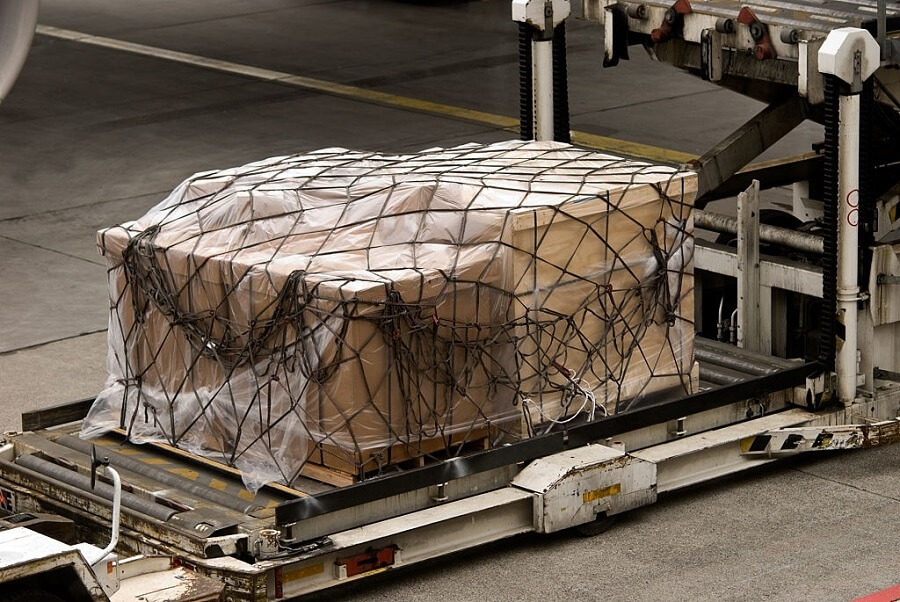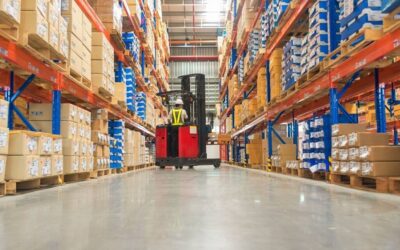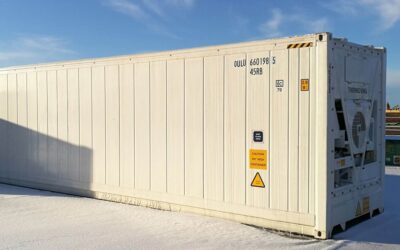A Beginner’s Guide to Air Freight
What is Air Freight
Airfreight refers to the products that are transported on a charter or a commercial air carrier. These products are usually imported through a freight forwarder or a logistics company. To import a bulk amount of products for individuals or organizations, the freight forwarding companies arrange and assemble the shipments of those products both locally and globally. The freight forwarding companies can be the point man and can assume the role of the carrier for importing these products.
Table of Contents
Air Freight And Air Cargo?
Airfreight and Air Cargo are both interchangeably used in shipping terminology. Confusingly, most people refer to the Air Cargo business as those who don’t own airplanes to transport the products so they just add those goods on the previously existing domestic or international Air Carrier’s cargo capacity.
Fastest Transport:
During the last forty years, air freight has become one of the most opted delivery choices to ship goods across the local or international borders. With globalization, the world trade networks have expanded and air shipping offers the fastest ways to transport products across the world.
Many logistics and transportation companies offer transportation of goods to other countries. For delivering every day and time-sensitive goods abroad including the transportation of dairy products, fruits, poultry, and vegetables, etc; it is no more impossible. With the facility of air freight, these goods can be delivered to even the far off and remote areas of the world and the basic necessities of the people there are being fulfilled. Every day tens of thousands of products are delivered by air. From the perishable products to the automobile machinery, air freight has allowed people to have what they need, at an efficient speed. Many businesses have developed due to the air freight industry and have been able to send their products to the different corners of the world. Challenges include the hurdles in meeting the rising demands of the products and adjusting the cost at the same time.
How Does Air Freight Work?
Anything! Literally, anything can be delivered as air freight. From lighter weight items e.g letters to military equipment, everything can be delivered by air. The types of air freight carriers differ owing to the services offered. Categorically, air freight can be divided into three classes.
Delivered on passenger airline
Delivered on a cargo-only plane
Delivered on supercargo planes for heavy equipment.
By Commercial Planes:
Commercial airlines earn a significant amount of their revenue by delivering air freight. The packages that are to be shipped by air are put into the belly of the commercial planes along with the other goods.
Capacity:
The belly of the plane is the storage area below the passengers’ compartment. The largest of the airplanes can transport products occupying the area around 150 cubic meters and those aircraft with combi mode can transport around 283 cubic meter volume worth packages. The items to be shipped are placed in the cargo deck and if the items are left then they are placed in the remaining space.
Freight Planes:
The freight planes carry a lot more than the commercial planes can. the big Parcel integrators like FedEx, UPS, DHL, etc possess different types of cargo planes.
Capacity:
Boeing 747, one of the largest planes when used as a cargo plane has the capacity of 736 cubic meters of goods. This plane can also support around 30 pallets of goods. For transporting animals like horses an air-stable can be installed which are special containers in the cargo deck that is linked with the pallets. For loading and unloading large-sized or irregular shaped products, some planes can also open up their nose.
Electric Rollers:
The load floors in the cargo planes are equipped with electric rollers as there is not enough space and the forklift trucks can’t be driven into the plane. The pallets after being pushed into the plane, the electric rollers assist them in moving across the front or back of the cargo deck.
Super Transporters:
As suggested by the name these carriers can transport the cargo with large size or huge weight. The cargo can include trucks, helicopters, and even planes. Yes, you read that right. Nowadays, airplanes including military aircraft are also being transported through cargo planes. The super transporters are specially designed to move huge stuff.
Full-Length Capacity:
The plane has an enormous freight deck zone situated simply over the cockpit. This way the load can fill the full length of the plane. These planes are also equipped with huge doors and anything that can be placed inside the plane can be passed through those doors. These planes can transport up to forty-seven tons of cargo. The plane with the largest capacity can transport approximately 250 tons of weight.
Process:
From pickup to conveyance, the procedure is direct. Your logistics operator will settle with a nearby transporter to get up at your stockroom or holding office. When the cargo is stacked, the bearer will delicately send the shipment to the air terminal, where it will be put onto a plane. At the point when the shipment shows up at the goal air terminal, your carrier will look after all the pickup and conveyance process.
How Air Freight is Calculated?
The product being transported, the carrier and aircraft you use, and the shipment’s chargeable weight influence the rate. The chargeable weight is the gross weight or the volumetric weight, whichever is more. Volumetric weight is determined by using an equation that separates the load’s estimations Length x Width x Height by a dimensional weight factor. Commonly, bigger things that weigh less occupy more room than the little things, which is the reason why air carriers opt for the chargeable weight choice. Airfreight shipment cost is usually determined by the chargeable weight. The chargeable weight applied to a shipment will be either original weight or volumetric weight, whichever number is greater. Volumetric weight is determined at 6000 cubic centimeters for every kilogram. Therefore, isolating the cubic centimeter volume of a shipments i.e the product of Length x Width x Height by 6000 will bring about the volumetric weight.
For instance, suppose you have a shipment that is 60 x 110 x 110 cm with the original load of 400 kg. The following is the computation for volumetric weight:
Volume: 60 x 110 x 110 cm = 726000 cm3
Volumetric Weight: 1,152,000 cm3/6000 = 121 kg
Factors that impact the cost
The multifaceted nature of the air freight business requires a flexible pricing policy that can permit the transporters to rapidly and productively alter their rates because of fluctuating economic situations. The companies that figure out how to do this surely will have a competitive edge in the market.
Financial Conditions
Economic conditions directly affect imports and exports. These factors are at the core of all pricing choices, no matter which industry is in question. That is surely valid for air load. In bull economies, interest for airship cargo administrations can surpass limits, which prompts more significant expenses. On the other hand, during monetary downturns, and on the low, request drops. Transporters lower costs to occupy space that would somehow or another go unused.
Social Factors:
The social and regional conditions also play an important role in determining the cost of the sir freight. Conditions like war, common agitation, work strikes, pandemics, and terrorism activities lower the demand and can make it costlier for transporters to work in that area.
Working Expenses
Working costs can vary depending on a number of elements. The cost of fuel is one of the major factors in determining the working expenses. If fuel costs are low and are expected to stay low for some time, then it greatly affects the working expenses. Customers too hope to see that reflected in delivery rates.
Fuel is only one factor. There are numerous other things to consider, including taxes, landing charges, stopping expenses, safety efforts, and so on. In addition, environmental issues costs are increasing the worry on various levels.
Air Freight vs Sea Freight
Obviously, the appropriate response could be the entirety of the abovementioned and regularly is. For customers who transport payload abroad, the decision of whether to utilize ocean cargo or airship cargo will rely upon a couple of components, including:
Distance
Type of freight
Time affectability
Cost thought
Cargo security
Accessibility
Air Freight shipping is a significant option for transporting time-sensitive goods to almost every place on earth. The small businesses can make a lot of use of this feature to become a part of the international trade with speed and in an effective manner. One other edge which the air freight has is that it is transported under high security due to airport security controls.






